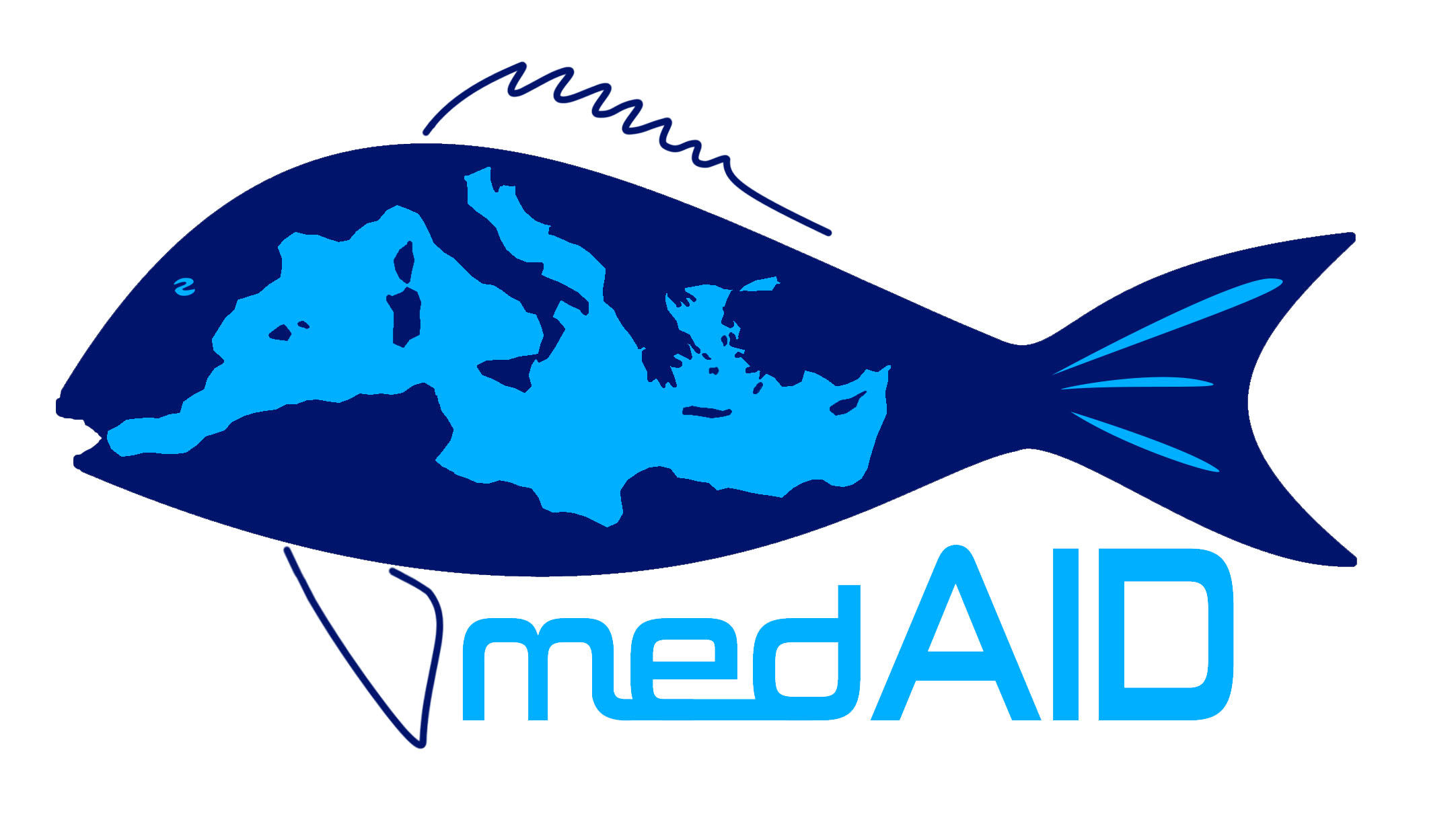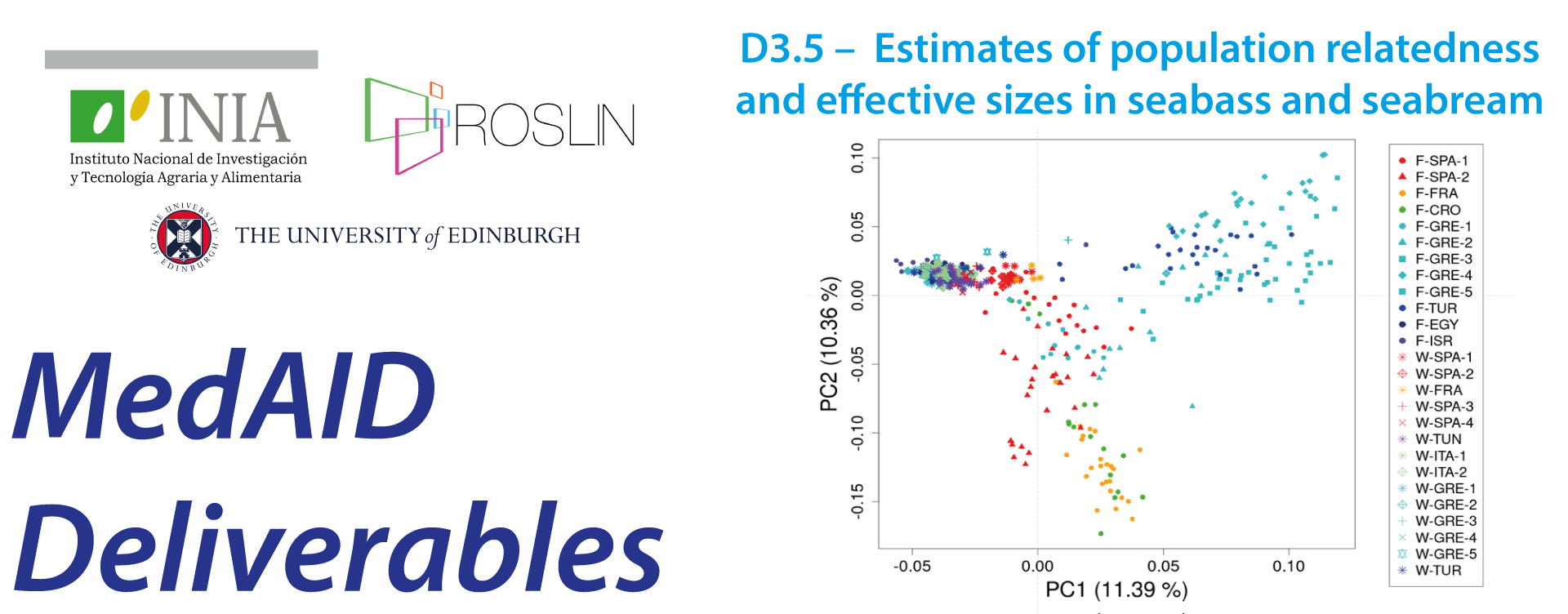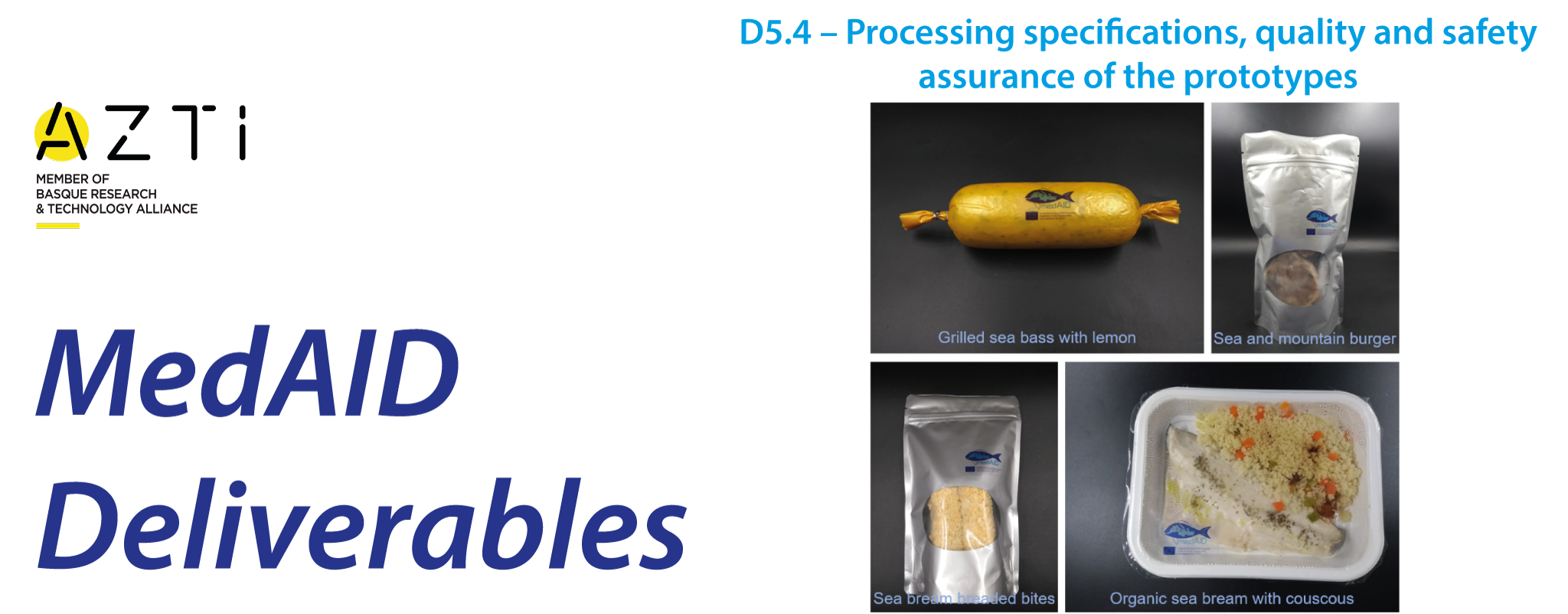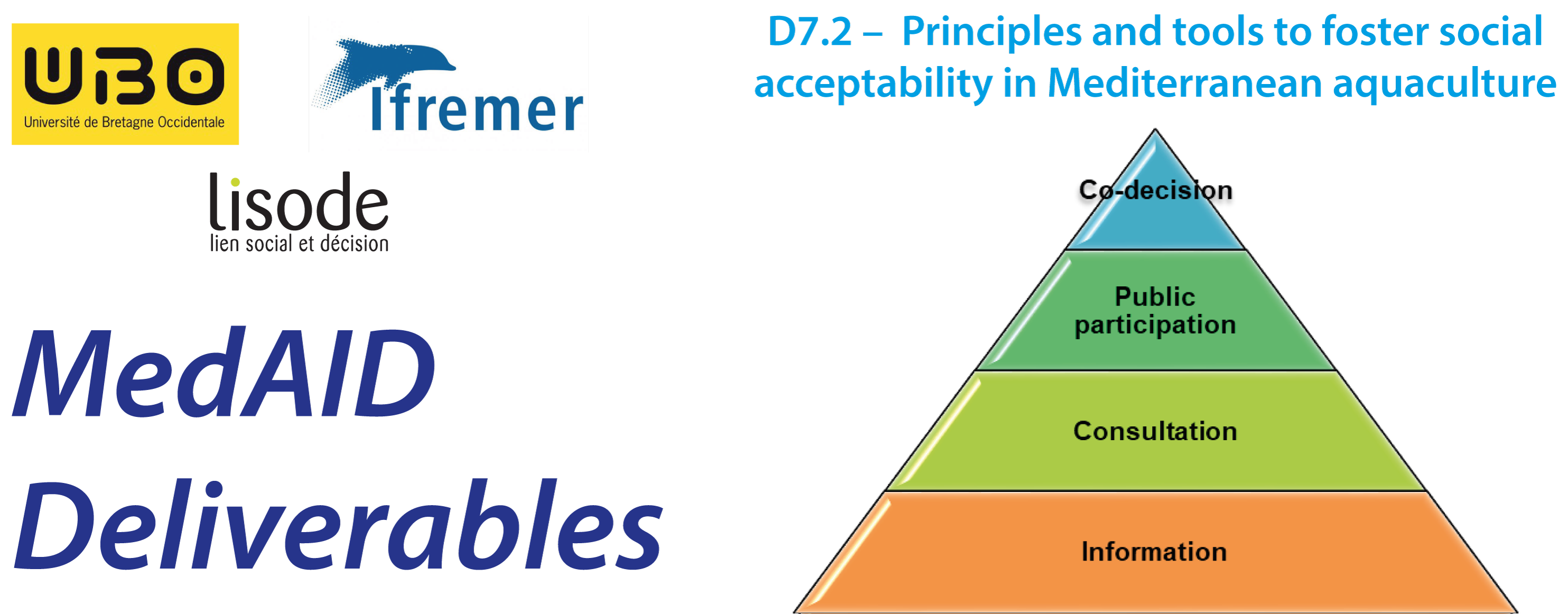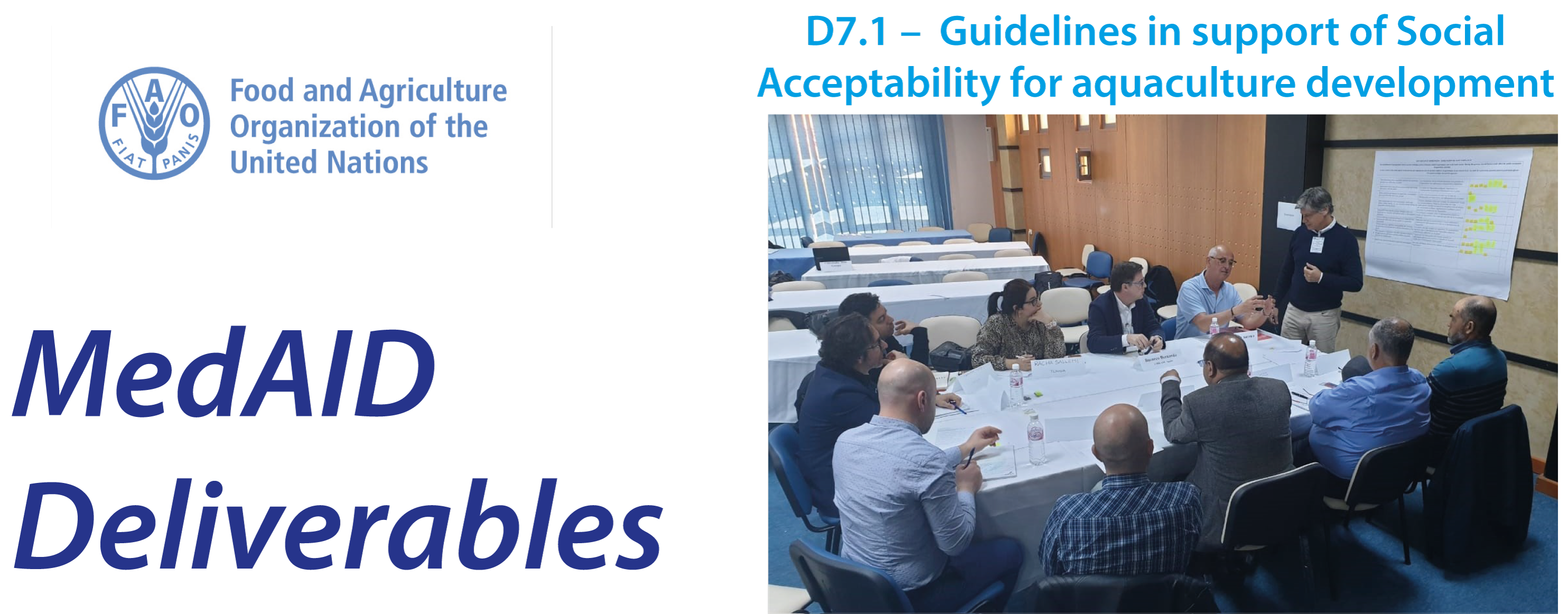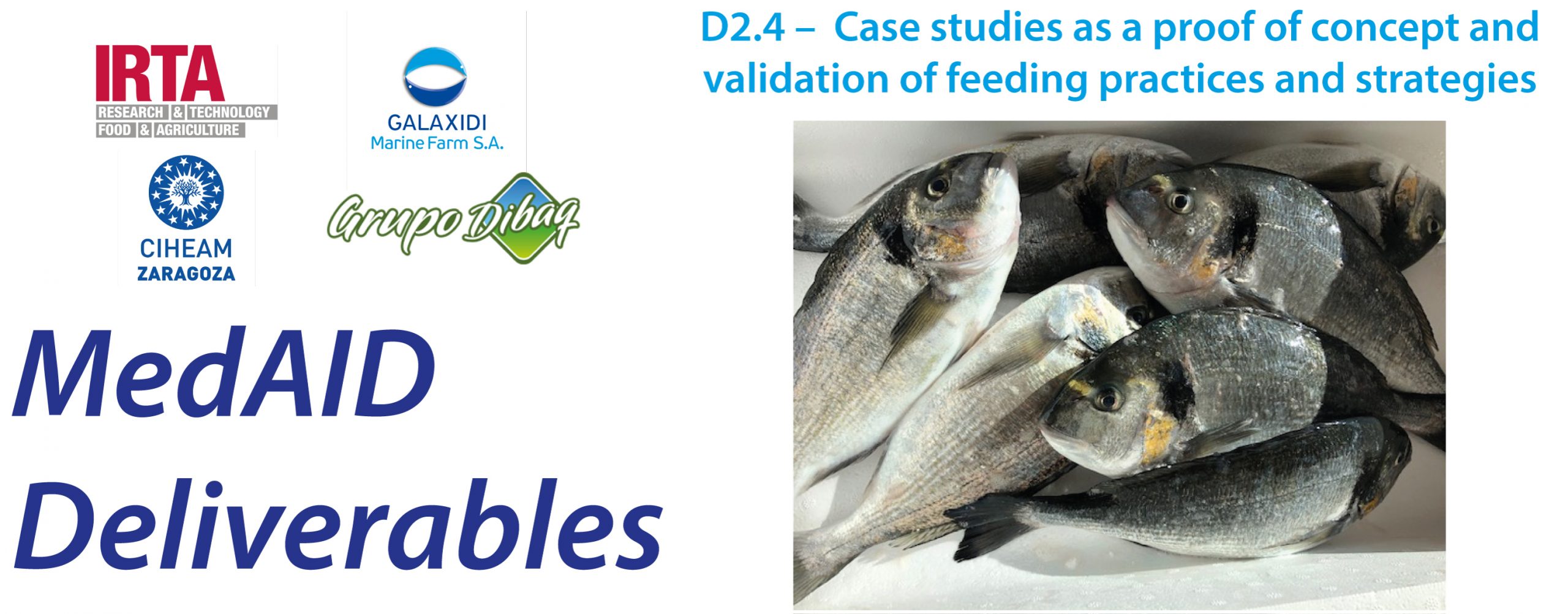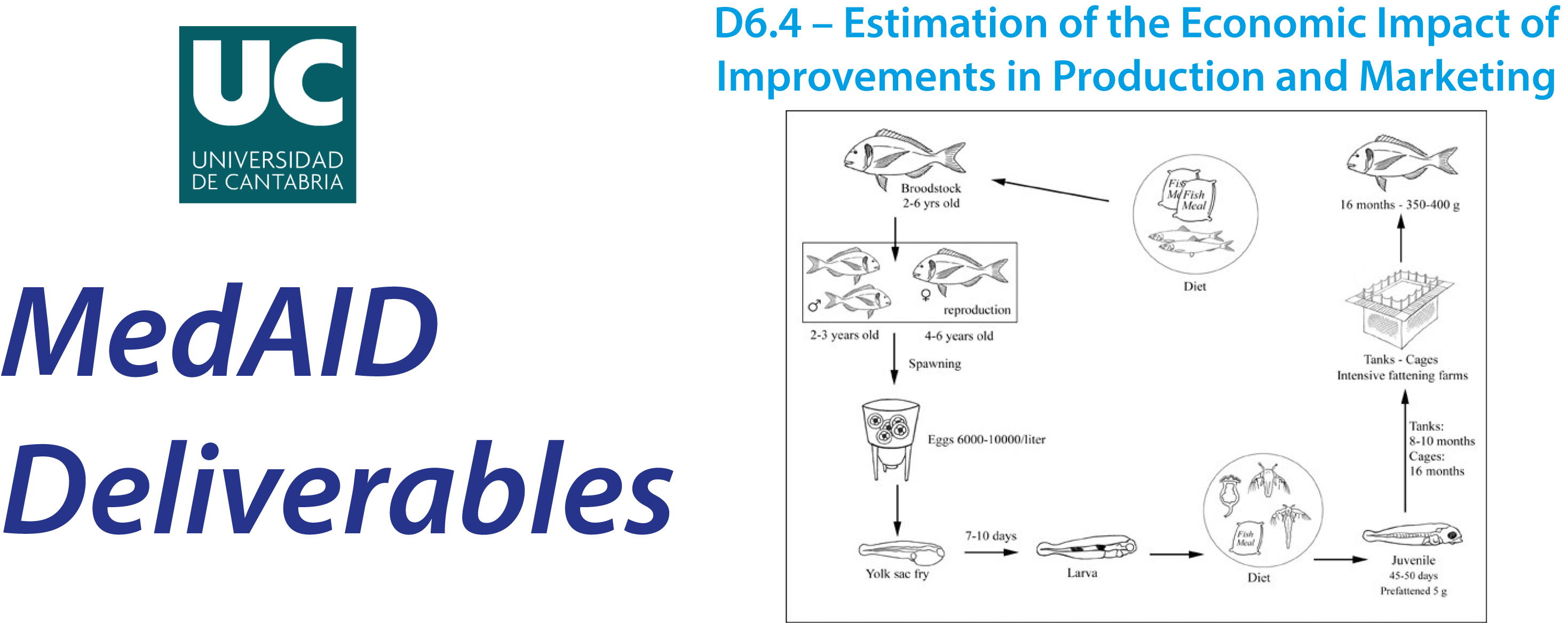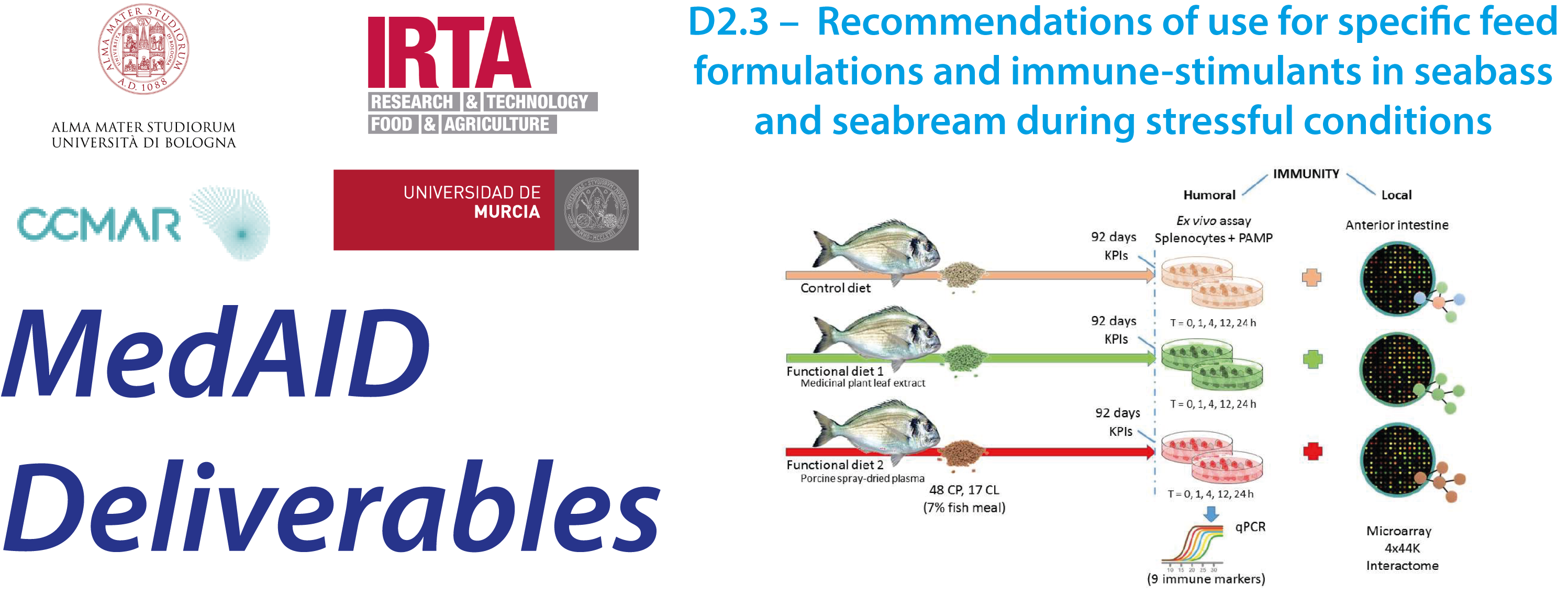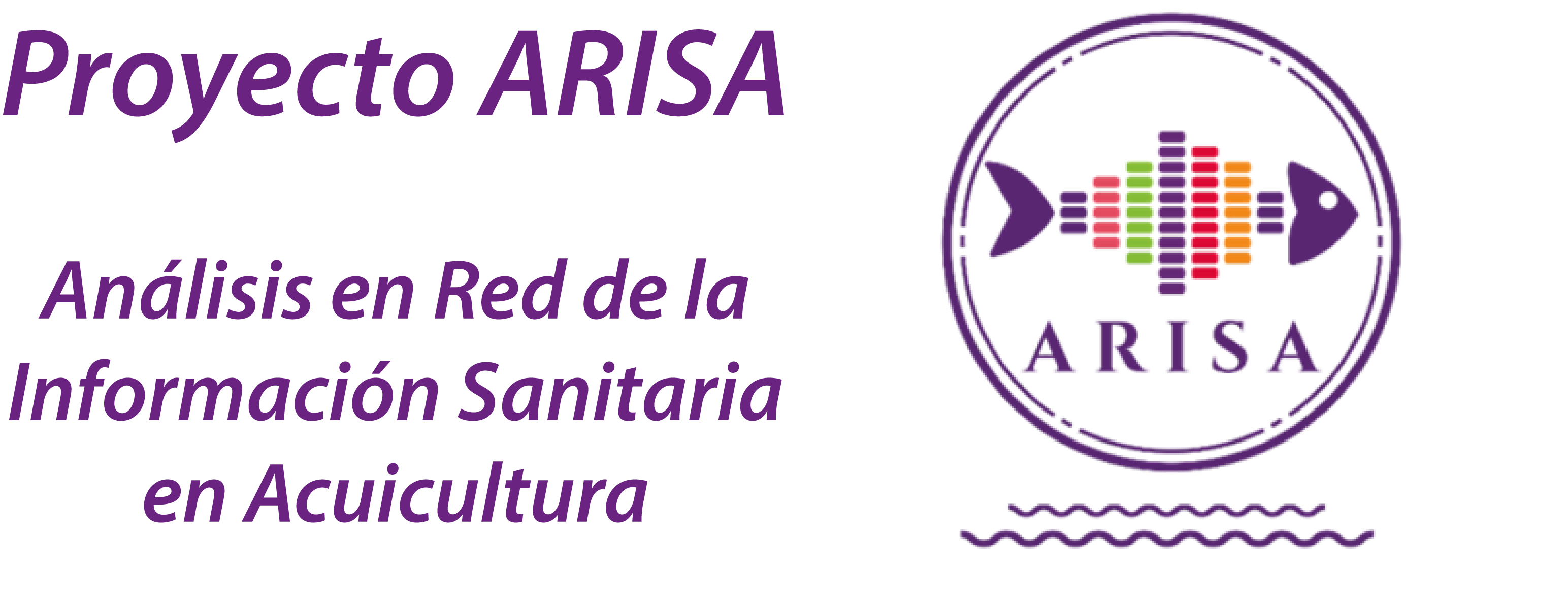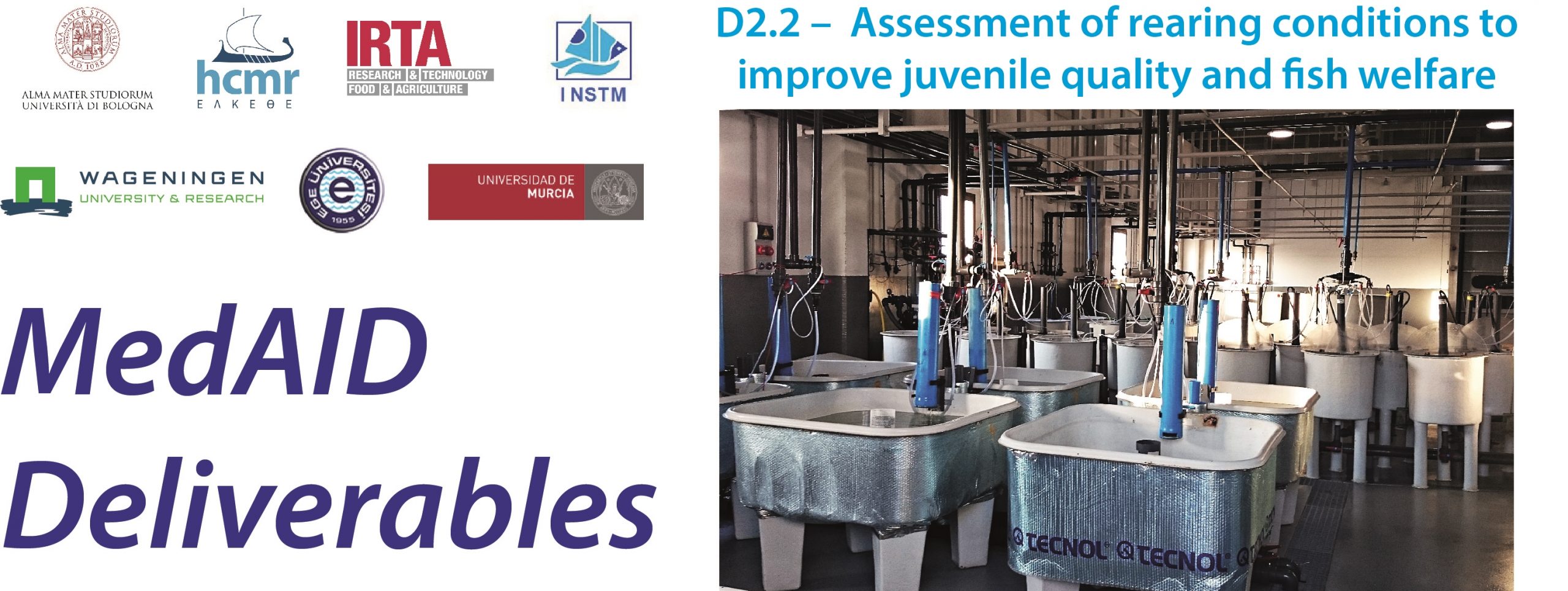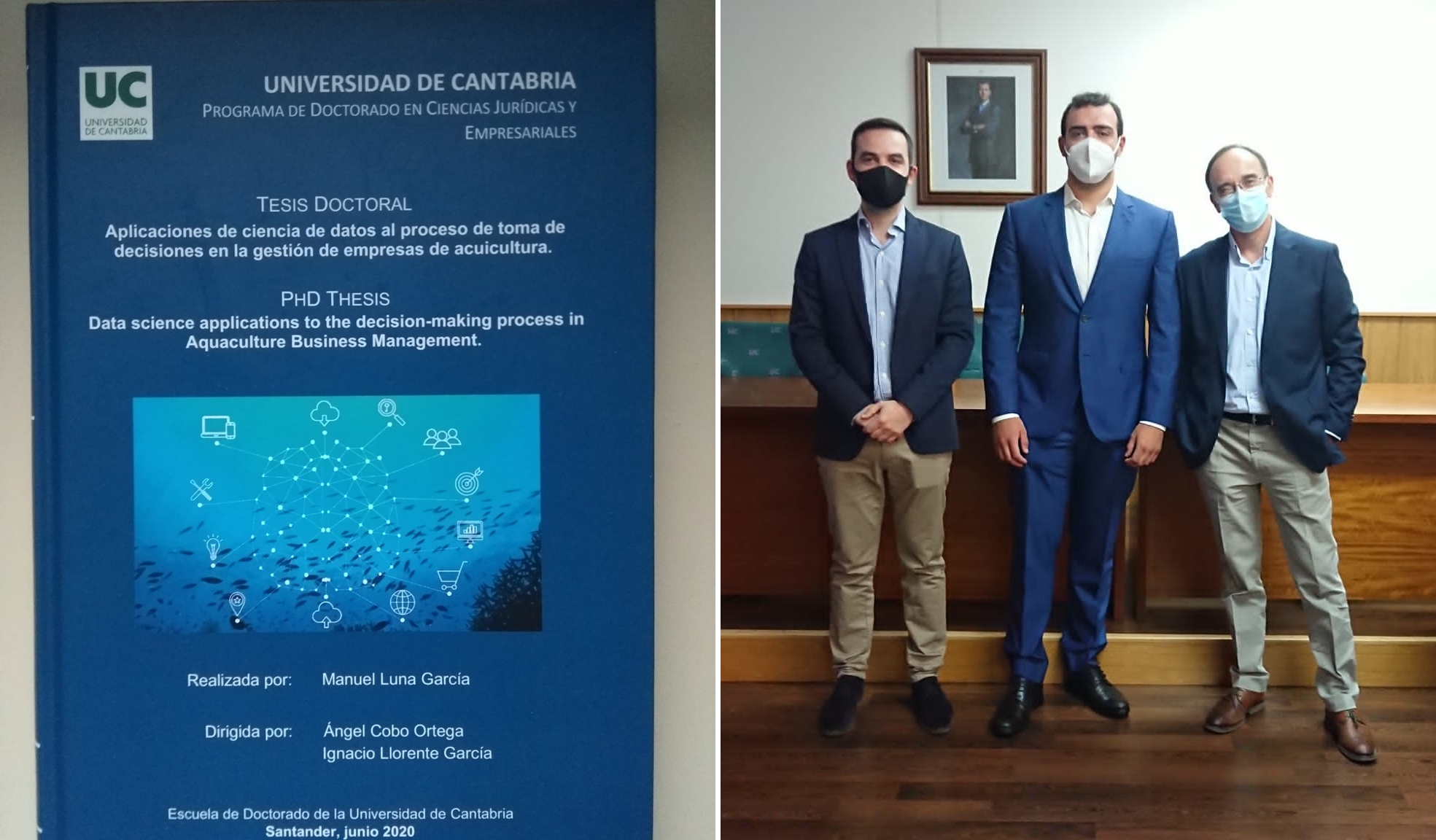This report is part of MedAID Work Package 3 on Genetics and Breeding. In particular, it describes the application of the MedFish SNP array (developed through collaboration between the MedAID and PerformFISH projects – see Deliverable 3.1) to determine population structure and genetic variability in European seabass and gilthead seabream.
Knowledge on population structure and genetic diversity within and between wild and farmed populations is of paramount importance to achieve sustainable aquaculture production of Mediterranean seabream and seabass. In particular, the success of any breeding programme critically depends on the way in which the base population of breeders is built, as the genetic variability initially available in the founders will determine the subsequent genetic progress. These base populations can be created from wild or farmed populations and it is thus necessary to determine the relatedness between them in order to optimize their creation. Also, once genetic improvement programmes are running, the control of inbreeding and effective population size (a parameter inversely related to the loss of genetic variability) is needed to ensure their sustainability.
Fish escapes from aquaculture facilities are perceived as a major threat to natural biodiversity in marine waters as they may cause undesirable genetic effects in native populations through interbreeding. Thus, knowledge on the relatedness between wild and farmed populations will help to assess the risk of the genetic impact on wild populations from escapes of cultured fish.Continue reading
